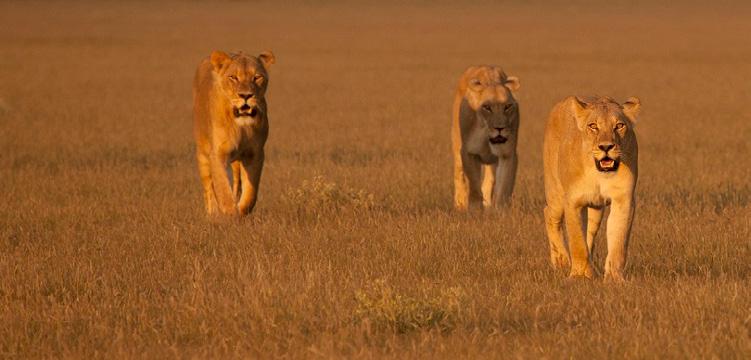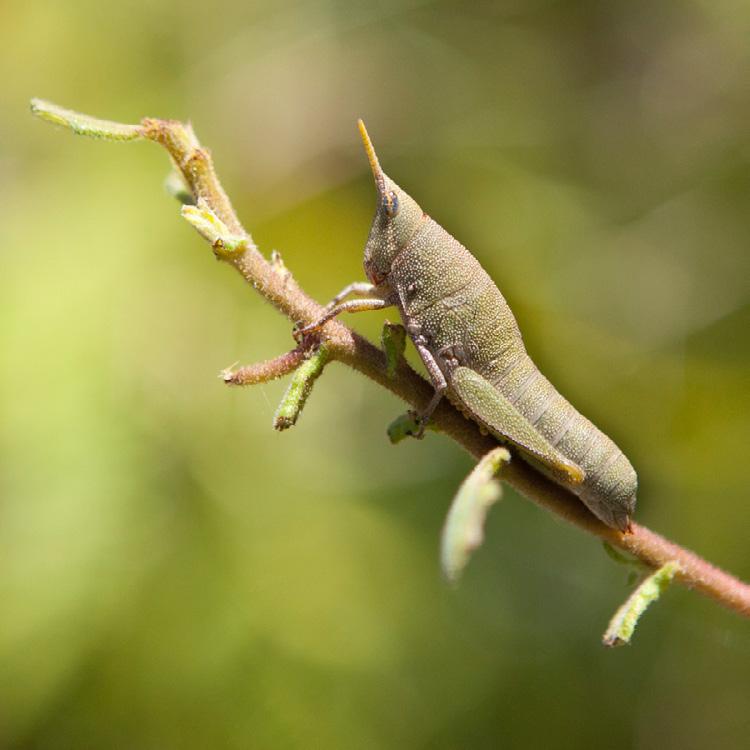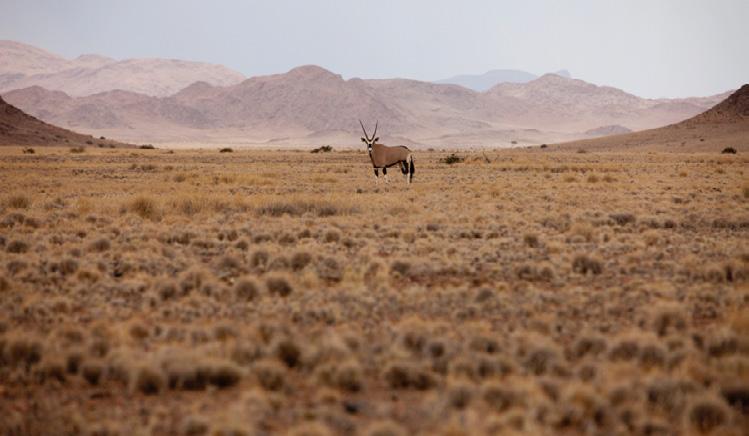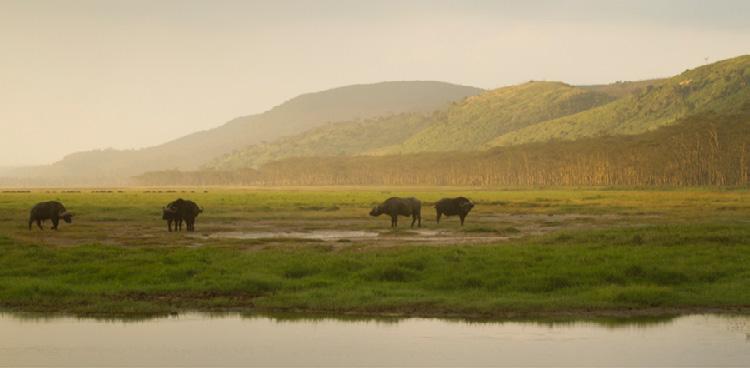
2 minute read
WILDLIFE
Wildlife photography differs from other forms of photography in many ways. But still, there are many parallels it shares with photographic styles like portrait photography, creative photography, photojournalism, and others. In a way, if the photographer is up to the challenge, wildlife photography can be a combination of many styles of photography all into one.
If we were to break wildlife photography into its components, one could say there are several common “styles” that are immediately adopted by the wildlife photographer. First is what I would term wildlife portraiture, often sharing styles with what one might find in a field guide. In this instance, it is an iconic photo of a particular animal (or plant) that is diagnostic and aesthetic. In general, the surrounding environment is usually not played up very much, but instead, it is the intention of the photographer to do everything in his or her power to draw the viewer into the animal itself. Below is an example of this style. Take notice of how the background is completely blurred with a nice bokeh (can be pronounced like boh-kuh or boh-kay) and the animal is isolated from other landscape elements.
Another derivation of general wildlife photography that has parallels elsewhere in the photographic world is to intentionally incorporate the animal into its surroundings. By featuring the environment, an added level of difficulty comes into play, as composition, lighting, and other photographic techniques become more obvious with more things going on in the scene.
Take the below photo as an example. In many ways, this is a landscapestyle photo that just happens to have African buffalo in it. However, these animals are far from superfluous, as they add much to the photo. They add scale, context and something to draw the viewer’s eye. Without them, one would have little idea of the size of the landscape nor any idea of where in the world this might have been taken. Not that everyone will immediately identify them as African buffalo and know that this must have been shot at Lake Nakuru in Kenya, but you get the picture.

When it comes to the integration of animals into the landscape, it is a vast spectrum. Take, for example, the next photo, which exhibits a prominent animal that is easily identified (similar to the portraiture style mentioned first), but with a zoomed-out approach that features the landscape. However, as you’ll notice, the landscape is not prominent and integral to the photo, but instead it’s complimentary to the animal in focus. Similarly, the animal is not in a position or in proper lighting to dive into the portraiture end of the spectrum and have that “field guide” style of photo. In this photo, the landscape and the animal are complementary. One really cannot exist without the other to make this a good photo. And actually, the animal and the landscape function to make the photo better than just a sum of the parts. It becomes highly evocative and symbolic of the vast landscapes of Namibia and the unique animals that dot the landscape.












